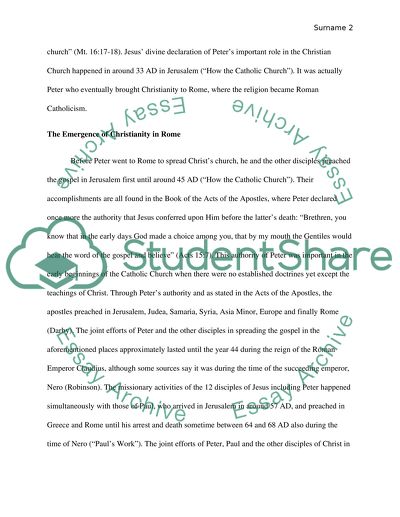Cite this document
(“Beginning of Catholicism and its Spread Around the World Essay”, n.d.)
Retrieved from https://studentshare.org/religion-and-theology/1442492-catholic
Retrieved from https://studentshare.org/religion-and-theology/1442492-catholic
(Beginning of Catholicism and Its Spread Around the World Essay)
https://studentshare.org/religion-and-theology/1442492-catholic.
https://studentshare.org/religion-and-theology/1442492-catholic.
“Beginning of Catholicism and Its Spread Around the World Essay”, n.d. https://studentshare.org/religion-and-theology/1442492-catholic.


